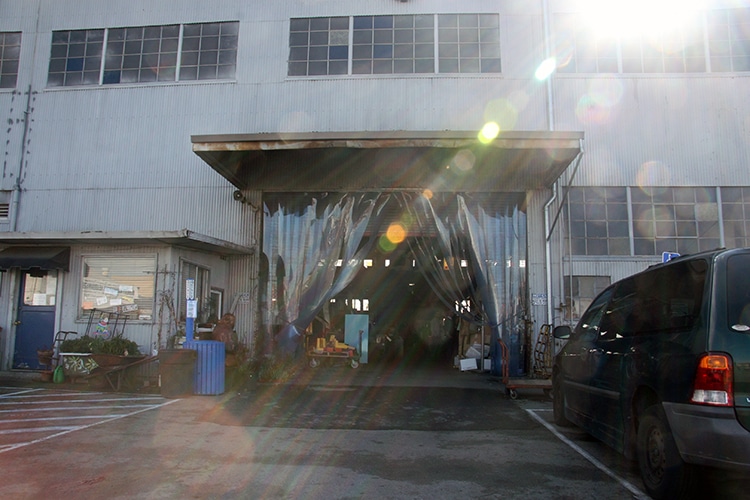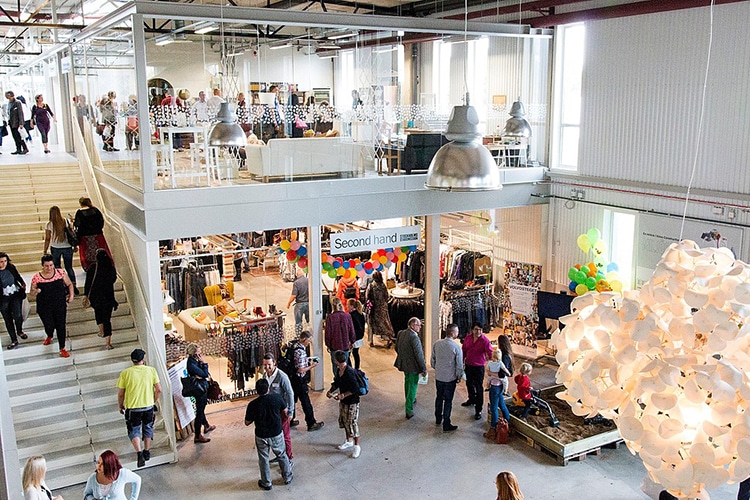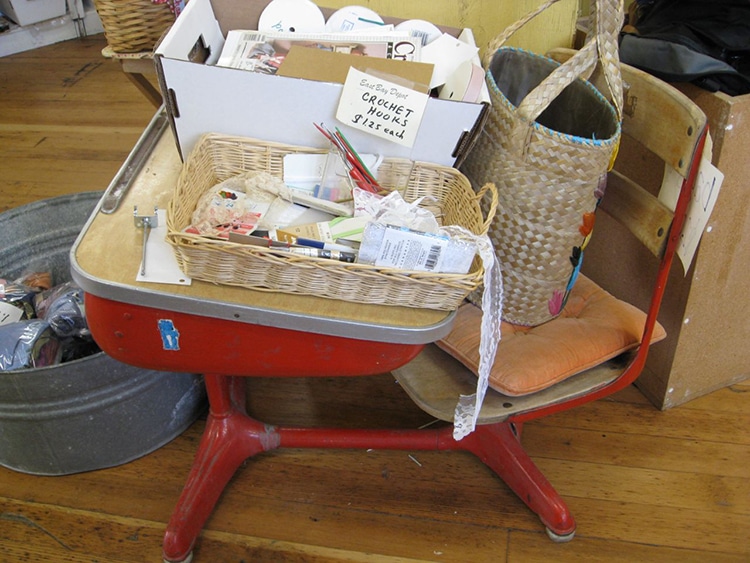Communities worldwide are committing to wasting less and reusing more. If you are too, read on to learn and be inspired by examples communities coming together to create innovative strategies for getting to zero waste. From household cleaners to fabric scraps, these creative projects are taking waste reduction to the next level.
Berkeley, California: Urban Ore

Urban Ore is a beloved salvage and reuse superstore operating out of a three-acre warehouse in Berkeley. It sells clothing, toys, appliances, furniture, gifts and even building materials. Items are sold at a significant discount from new items, and people can drop off used items for store credit. Urban Ore has operated since the 1980s, and throughout its long history has been an advocate for zero-waste communities.
Komikatsu, Japan: Zero-Waste Town
The city of Komikatsu used to incinerate all its trash, but after realizing how damaging it is to the environment, officials decided to embark on an ambitious waste-reduction program. Now residents sort their trash into super-specific categories to make sure as much as possible is recycled. In total, 80 percent of the town’s waste is now recycled, composted or reused. Additionally, there is also a store in Komikatsu where residents can donate or exchange unwanted clothing, furniture, household decor and toys, as well as a factory that makes toys from discarded fabrics. The village hopes to be entirely zero waste some time this year.
Palo Alto, California: Household Hazardous Waste Station Reuse Zone
Household cleaners, paints and other items with toxic chemicals can be difficult to dispose of safely. To tackle that issue and help reduce waste, the city of Palo Alto has city workers collect unwanted household items and inspect them to be sure they are still safe to use. If so, other residents can drop by a colorful shed on the property of the Household Hazardous Waste Station called the Reuse Zone, and pick up gently used motor oil, epoxies, paints and cleaners, all for free. Most of these products would have been used for a single household project and then discarded. But with city workers able to make sure the products are safe for continued use, people can donate their unwanted products and give back to their community in the process.
San Pedro La Laguna, Guatemala: A Plastic Free Village

San Pedro La Laguna, Guatemala, a village on the shores of Lake Atitlán, was becoming overrun with plastic packaging, so in 2016, Mayor Mauricio Mendez decided to make a change. He banned plastic outright, and in order to help residents adjust, the city purchased woven reusable bags and containers for every family in town. Now, San Pedro La Laguna residents — the majority of whom are Mayan — have revitalized traditional practices like wrapping meat and tamales in leaves.
Eskilstuna, Sweden: The Recycled Shopping Mall

ReTuna Mall is much like other shopping centers — stores inside sell clothes, décor, and technology. But everything at ReTuna is secondhand, from upcycled fashion and art to secondhand toys and books. The founder, Anna Bergstrom, wants ReTuna to compete with normal, high-fashion malls without hurting the planet. The mall is spacious and includes amenities like a gift-wrapping service and a coffee shop.
San Francisco, California: SCRAP
SCRAP is a creative reuse center that first opened its doors in 1976. Educators and artists can find art supplies and fabric at SCRAP for a low cost, and the center accepts donations as well. Every year, SCRAP makes about $75,000 worth of art supplies available to teachers through giveaways, and also offers educational programs and workshops.
Oakland, California: The East Bay Depot for Creative Reuse

Similar to SCRAP, the East Bay Depot for Creative Reuse is a DIY paradise with secondhand craft and art supplies and tools. The Depot accepts donations and offers discounts for educators. They hold classes and workshops as well as selling all manner of reusable craft supplies. People interested in donating can drop off materials at the Depot themselves; for large donations or donations from businesses, Depot staff will even come pick them up.
Reducing waste can be a community-building, creative process. As these projects all around the world demonstrate, there are myriad ways to reuse things and breathe new life into them, even items that might appear useless. With the help of enterprising leaders and committed residents, many communities are headed for a zero-waste future.
##
Get our free ebook on waste reduction: “Beyond Waste: Community Solutions to Managing Our Resources.”









